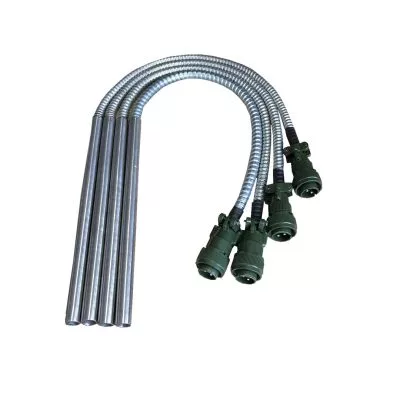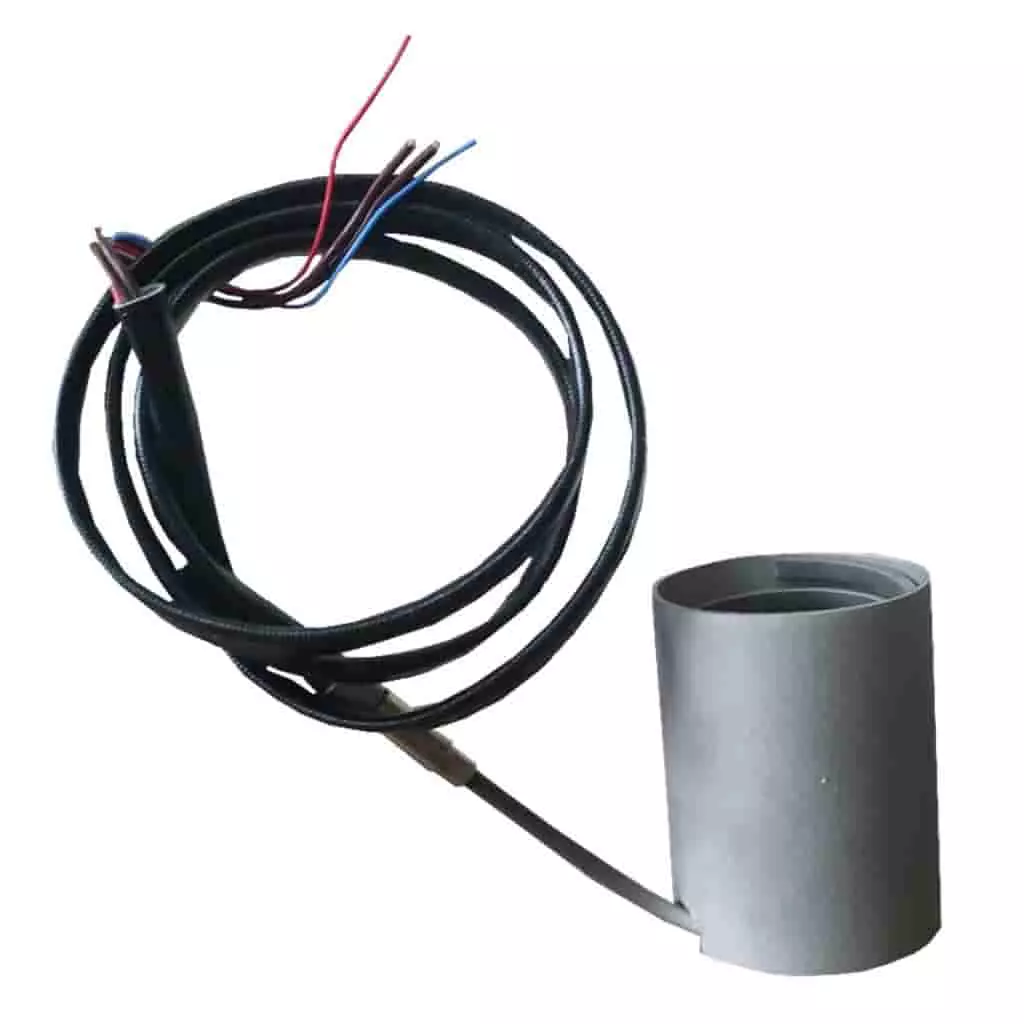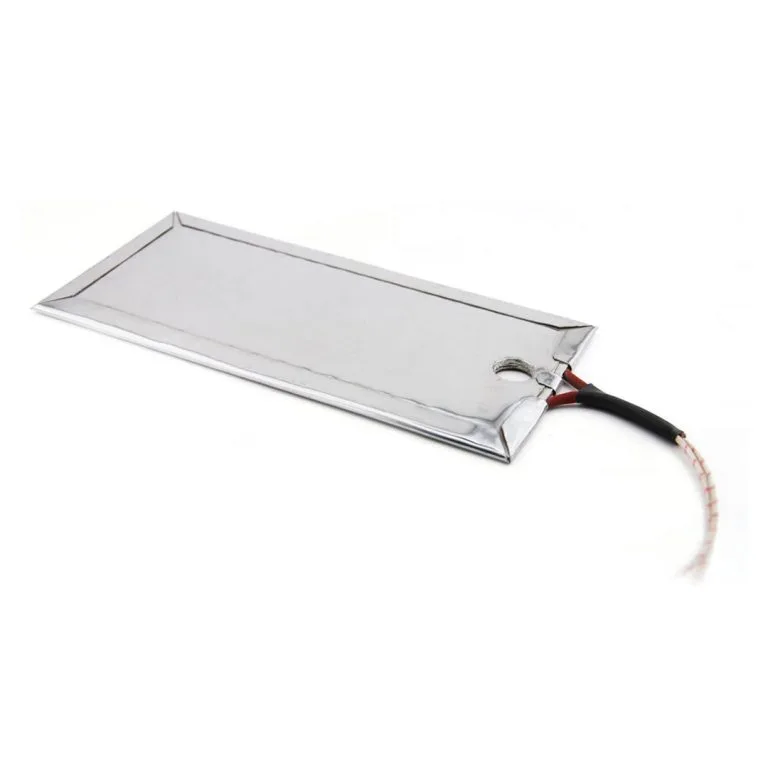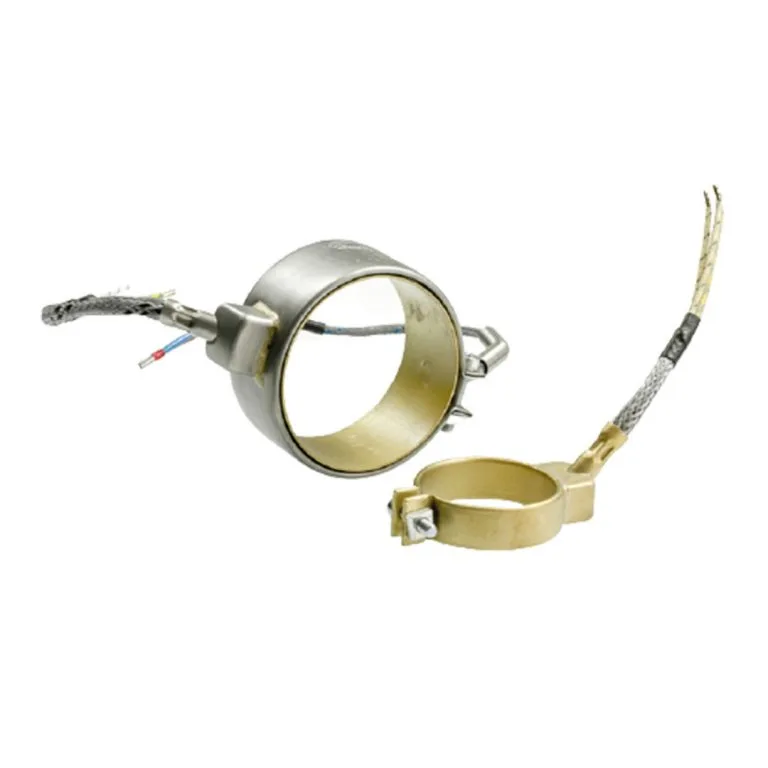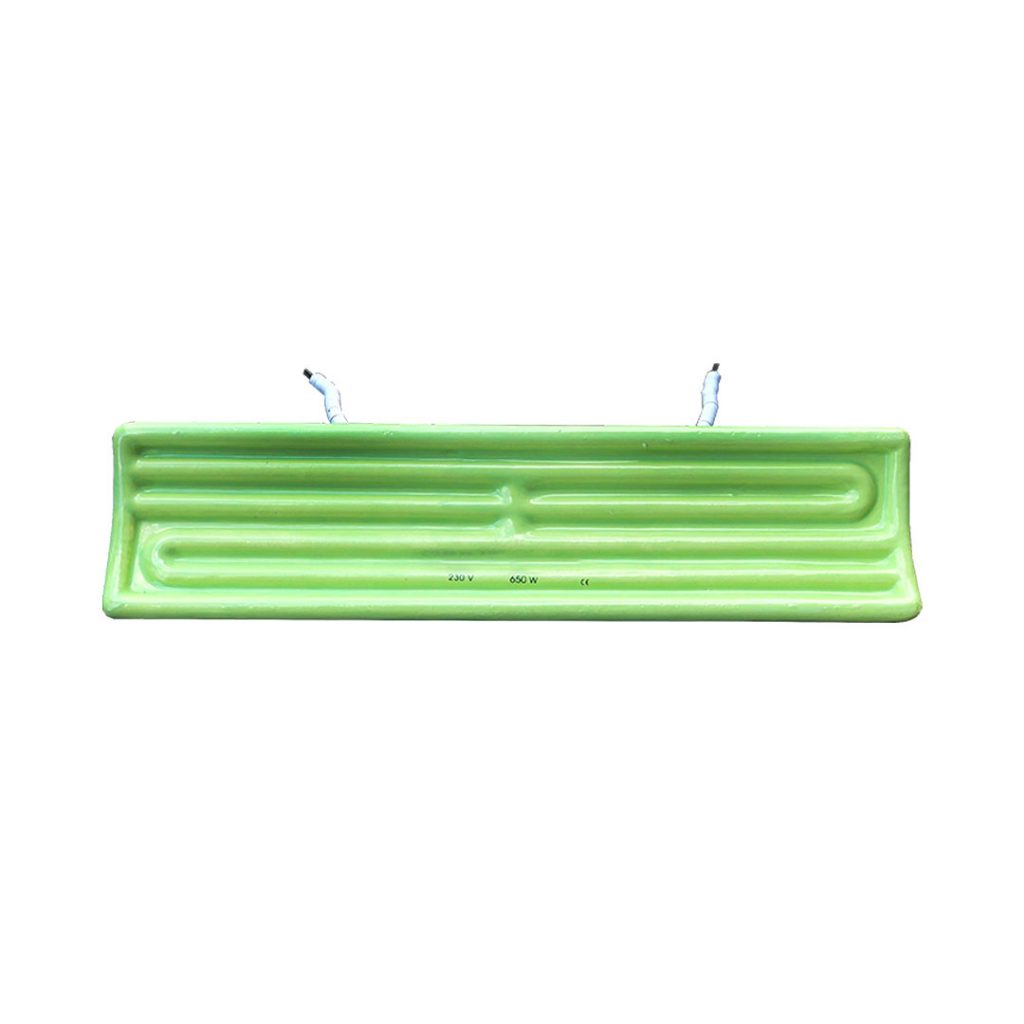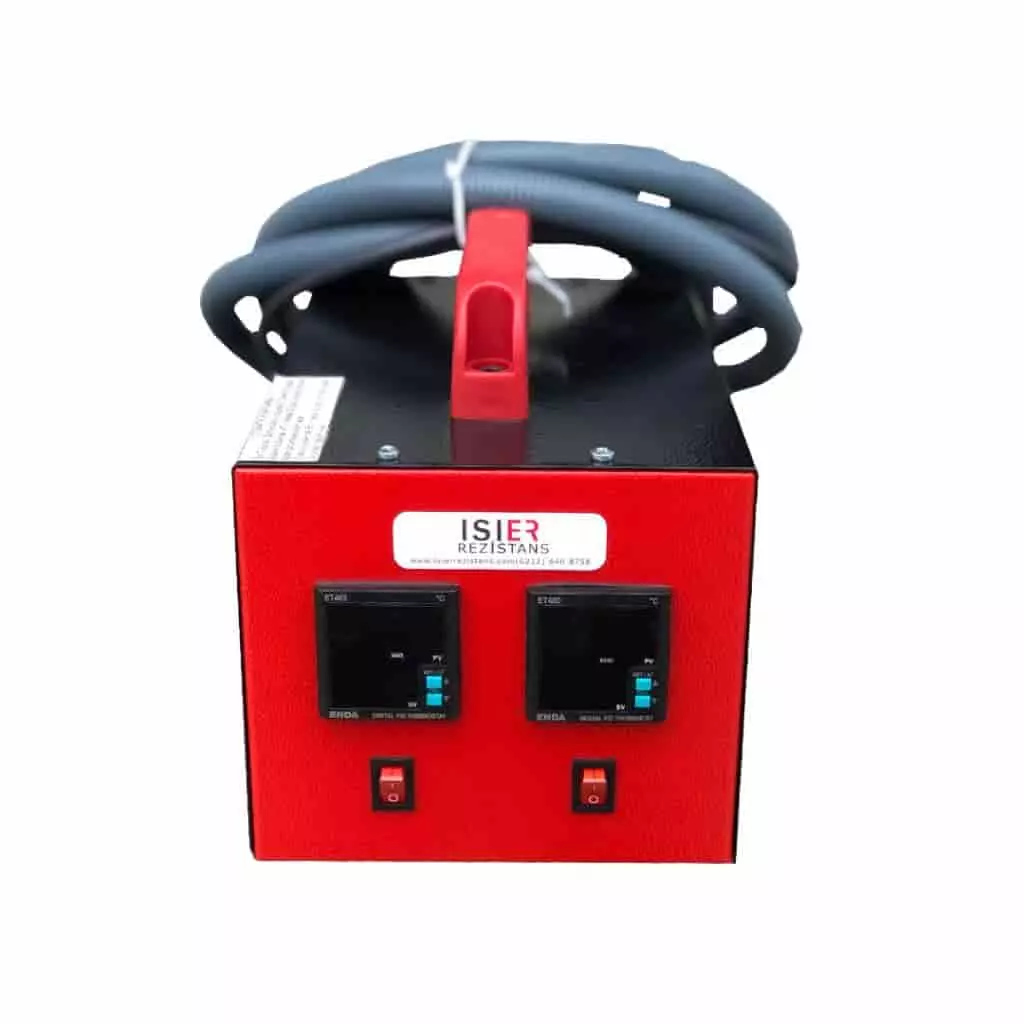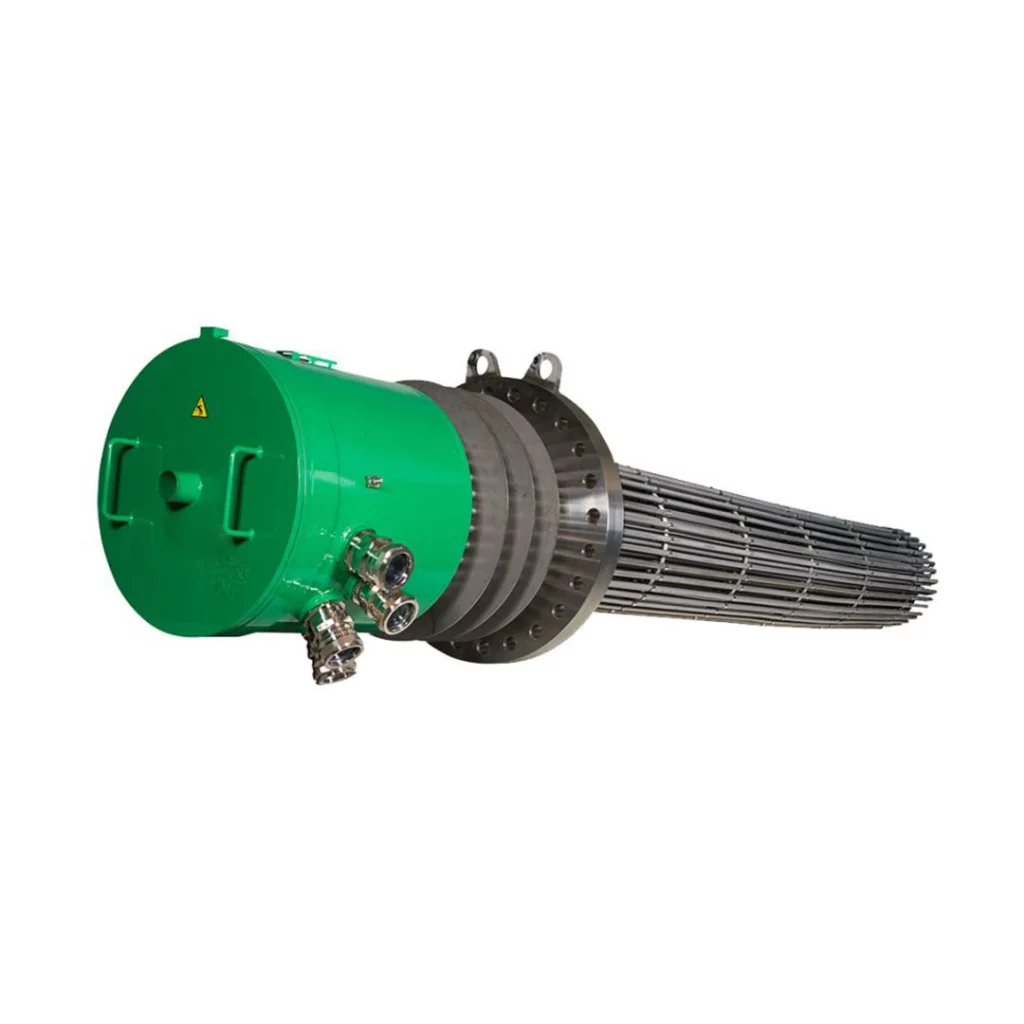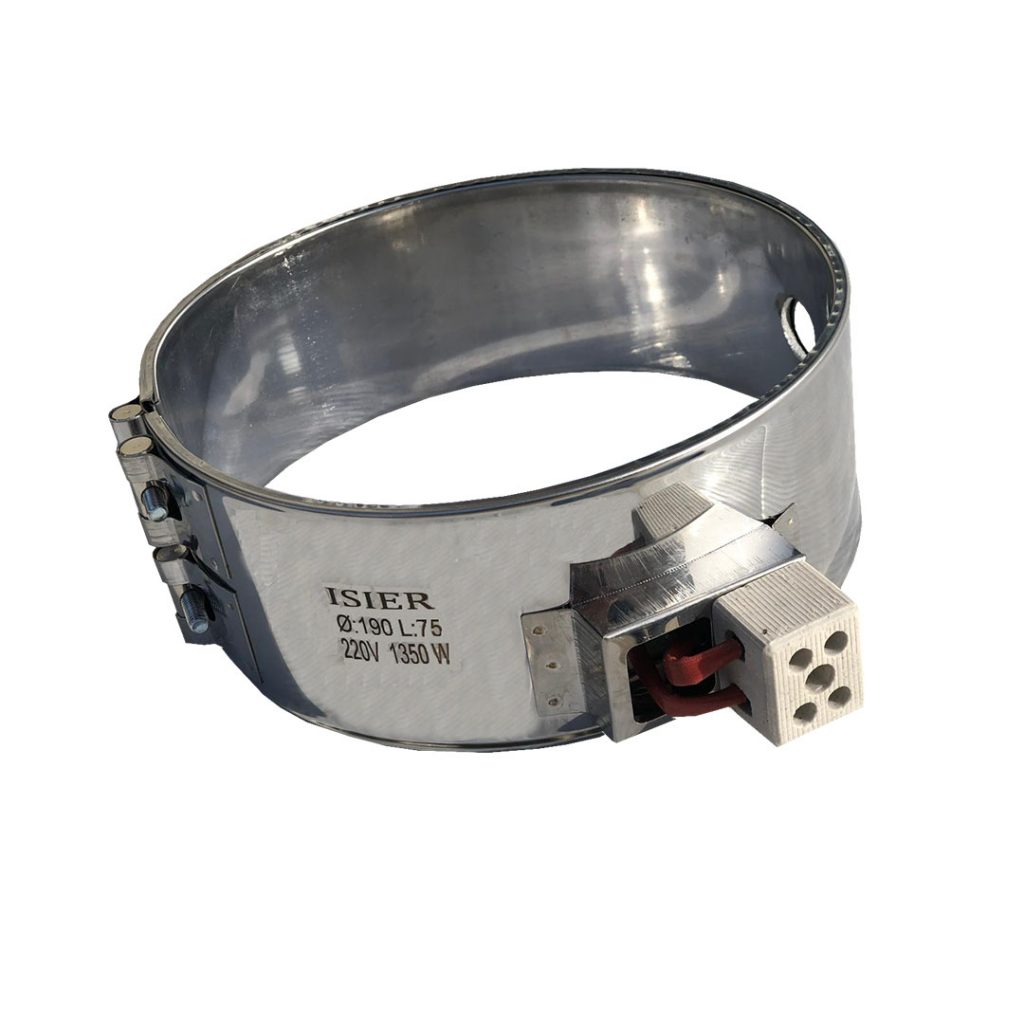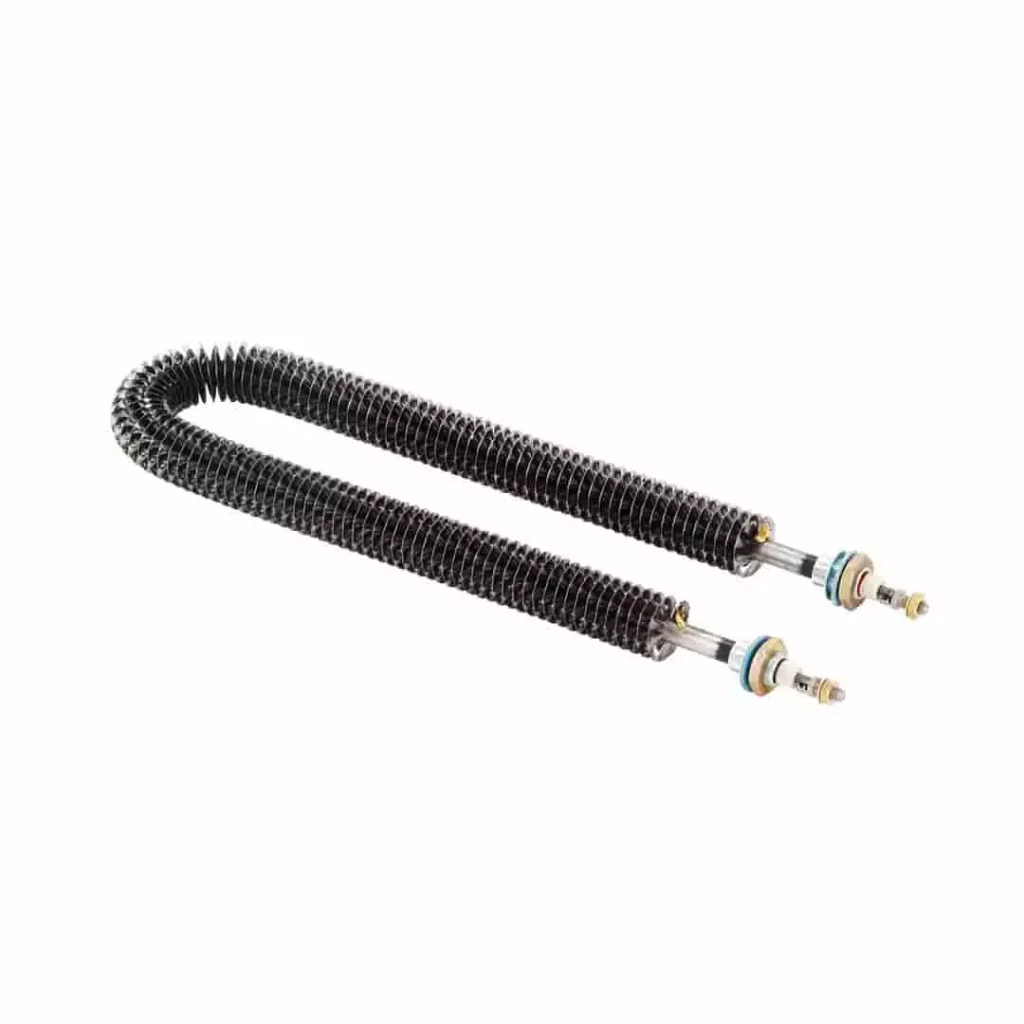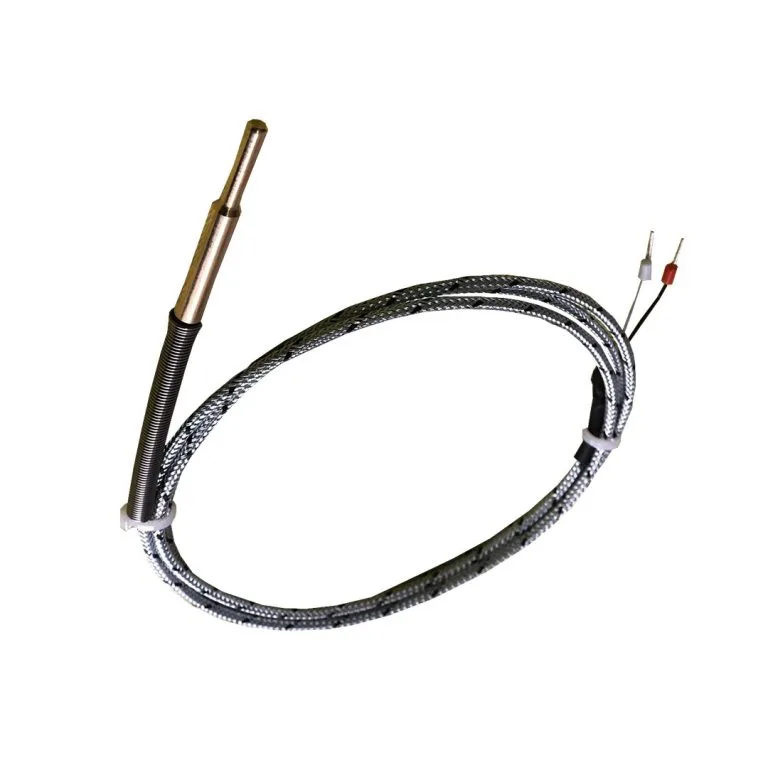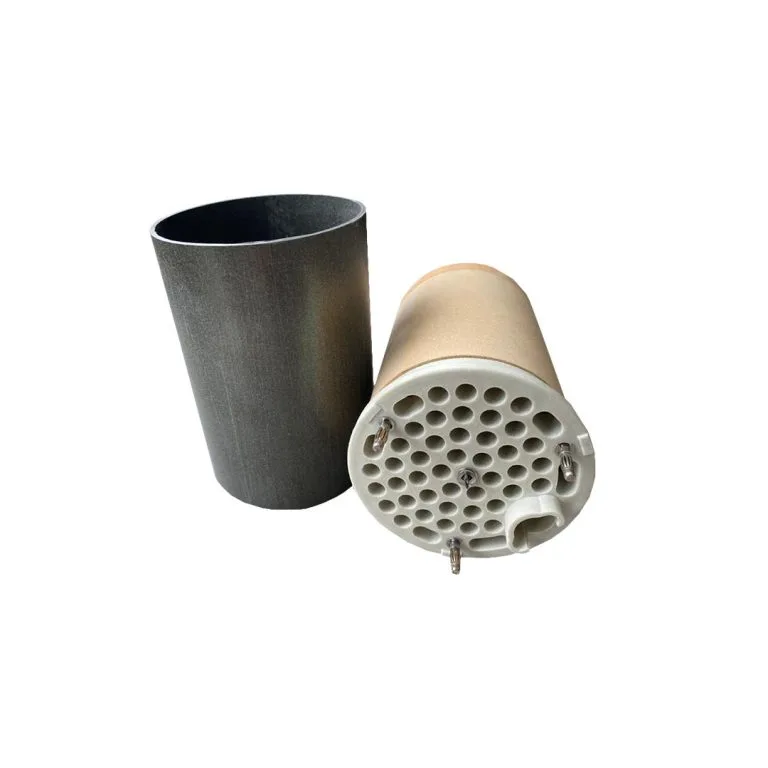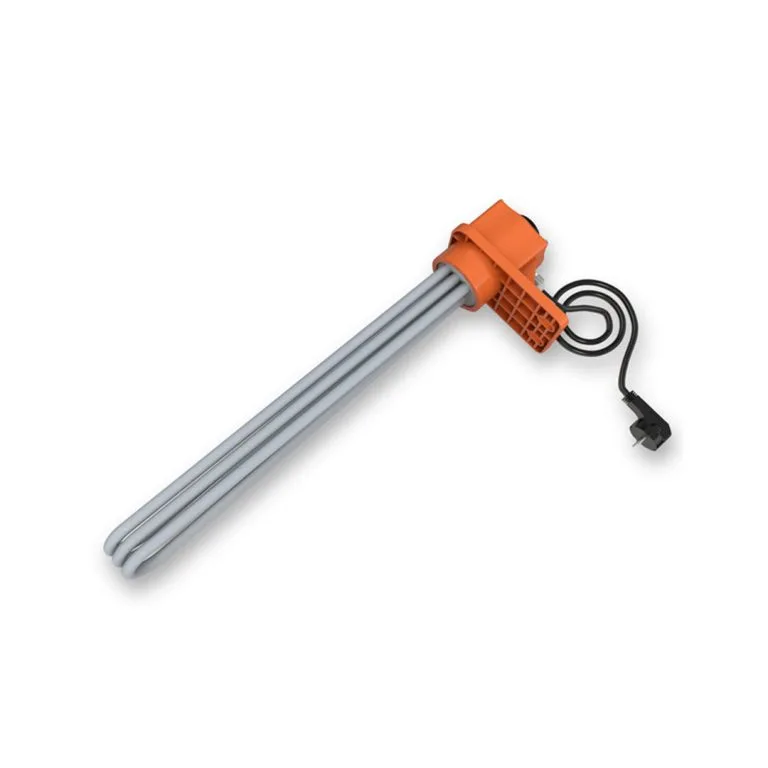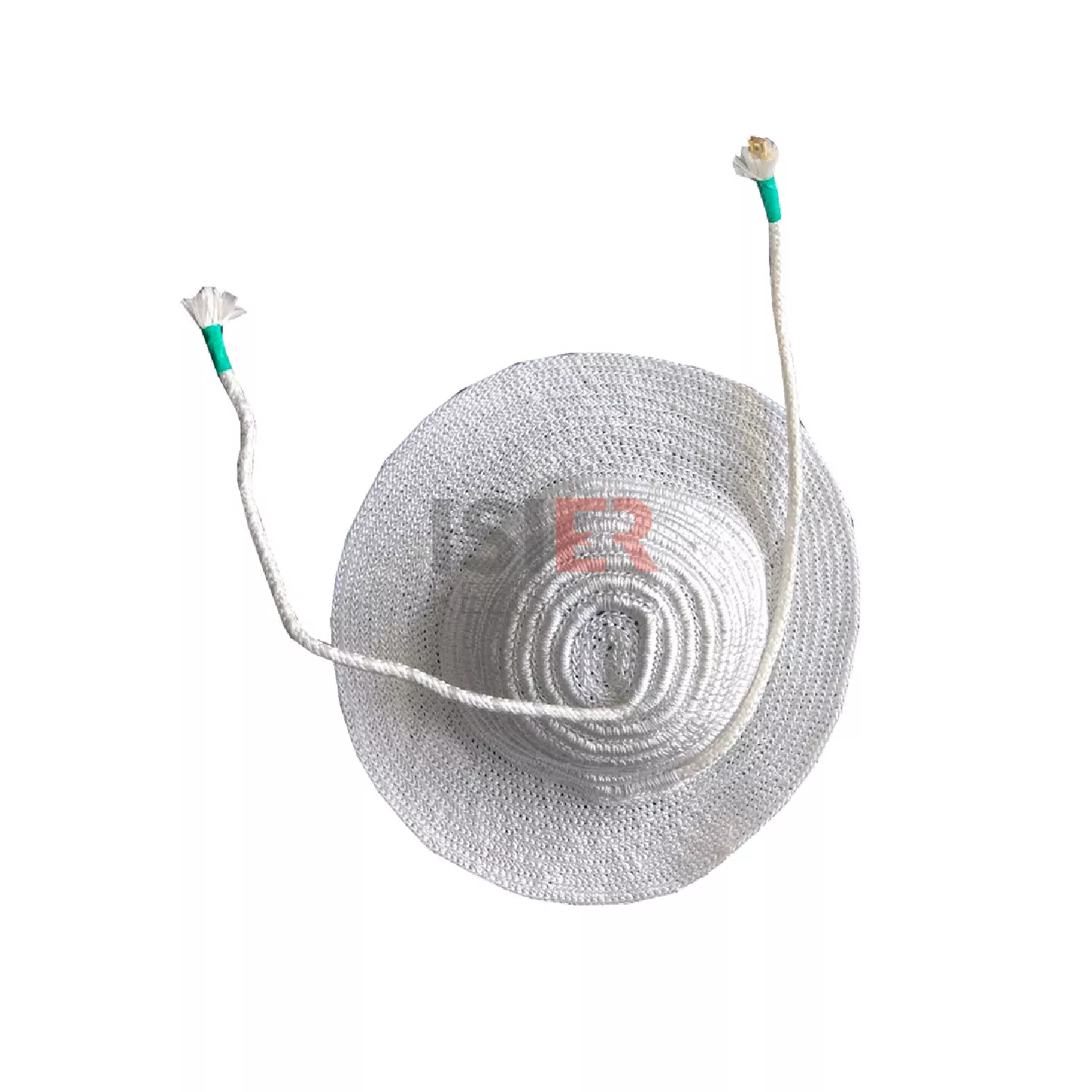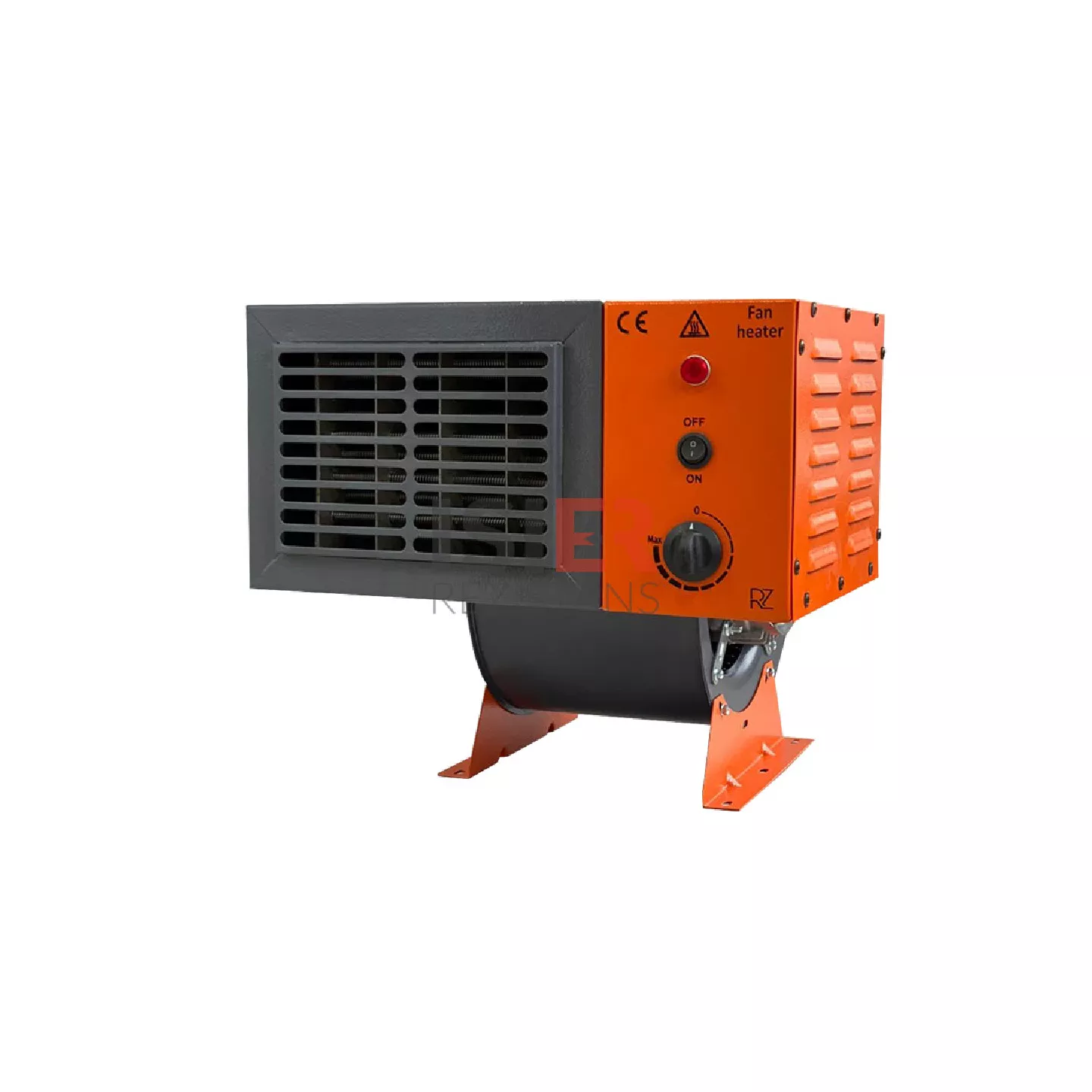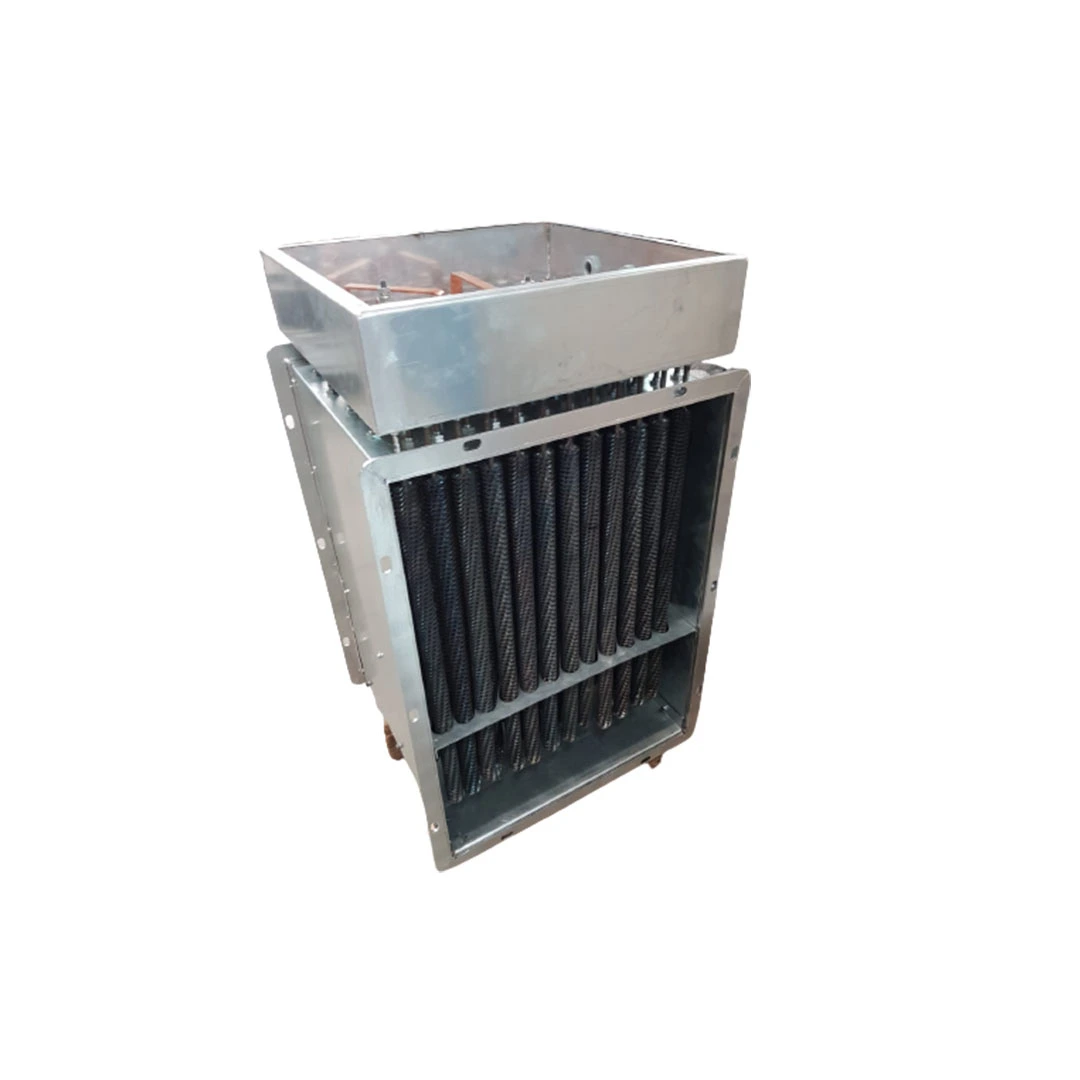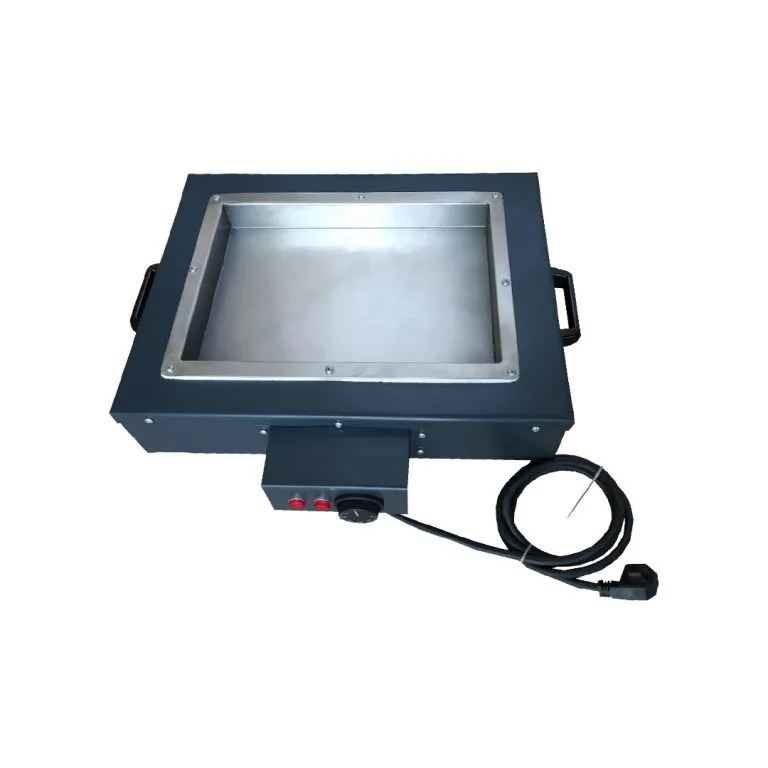Hotel Kitchen Equipment Heaters
Cooking and Heating: Ovens, stoves, and other cooking equipment generate heat through heaters. This allows for cooking, keeping food warm, or heating it up.
Quick Response: Electric heaters can heat up and cool down quickly, enabling fast and efficient use of kitchen equipment.
Temperature Control: Heaters can be used for temperature control, ensuring that food is cooked or kept at a specific temperature.
Energy Efficiency: Properly designed and utilized heaters can increase energy efficiency, allowing kitchen equipment to produce more heat using less energy.
Durability: Electric heaters are generally durable and can have a long lifespan, contributing to the smooth operation of kitchen equipment for extended periods.
Controllability: Heaters can be controlled precisely, aiding chefs or cooks in managing cooking processes better and achieving desired results.
Various Applications: Heaters can be used in a variety of kitchen equipment, including ovens, stoves, grills, steam cooking equipment, fryers, and similar appliances.
Ease of Cleaning and Maintenance: Kitchen equipment with heaters is often easy to clean and maintain, enhancing compliance with hygiene standards.
Heaters used in hotel kitchens play a significant role in meeting a wide range of cooking and heating needs. When used efficiently and accurately, these heaters can enhance kitchen operations’ effectiveness and contribute to preparing delicious meals.
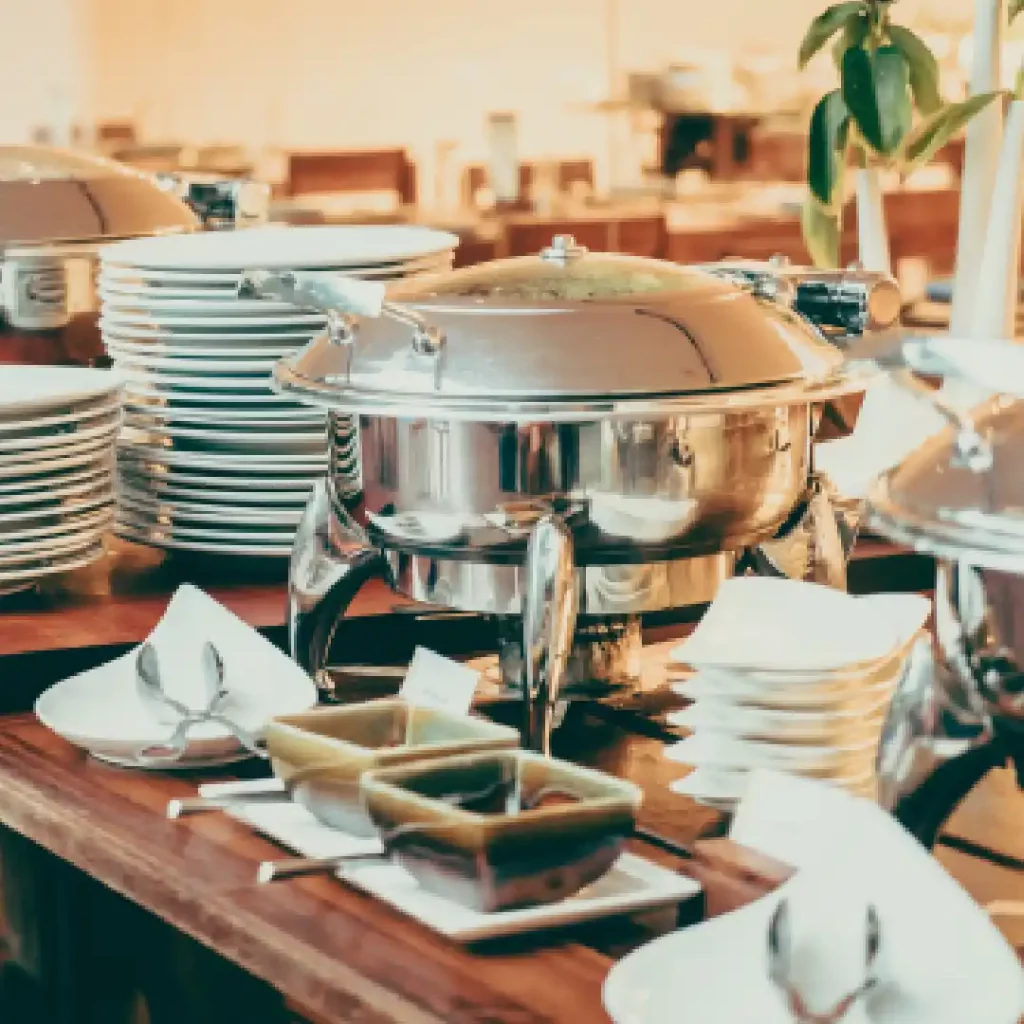
Our Products
Your Solution Partner for All Your Resistance Needs
Technical Specifications of Heaters Used in Hotel Kitchen Equipment
When describing the technical specifications of heaters used in the hotel kitchen equipment sector in numerical terms:
Nominal Power (Watt): For example, a heater with a nominal power of 1500 watts indicates its ability to operate at a specific electrical current.
Nominal Voltage (Volt): For example, a heater capable of operating at 220 volts nominal voltage specifies the required electrical voltage for a particular application.
Resistance Value (Ohm): For example, a heater with a resistance value of 10 ohms indicates its resistance to electrical current at a specific temperature.
Material: For example, a heater made of nickel-chromium alloy signifies it is constructed from a material resistant to high temperatures and has high resistance.
Temperature Range: For example, a heater capable of operating between -20°C and 300°C indicates the suitable temperature range for a particular application.
Dimensions and Design: For example, a heater measuring 20 cm in length and 2 cm in width may be designed to fit a specific kitchen equipment.
Protection Class and Standards: For example, a heater with an IP65 protection class indicates its level of protection against water and dust.
Cable Connections: For example, a heater with a 3-pin connector signifies a specific type of connector for integration into kitchen equipment.
Corrosion Resistance: For example, a heater made of stainless steel may be resistant to corrosion.
These examples can be used to express the technical specifications of heaters used in the hotel kitchen equipment sector more comprehensibly. However, it is important to remember that each application will have specific requirements.
Bain Marie Heaters Used in Hotel Kitchen Equipment Sector
Structure and Function: A bain-marie heater is typically an electric heater system mounted inside a water tank. This heater converts electrical energy into heat and heats the water inside the tank. The water tank is situated beneath a container where food is placed. As a result, the heated water from the heater indirectly heats the food inside the container without direct contact.
Heat Transfer: The primary function of a bain-marie heater is to facilitate indirect heat transfer. Since the heater heats the water, this heat is then transmitted through the water into the container, allowing the food inside to heat up or cook. Thus, the food is cooked or melted more gently and controllably without direct exposure to high heat.
Applications: Bain-marie heaters are commonly used in preparing dishes that require precise temperature control. They are preferred for tasks such as melting chocolate, preparing sauces, making cream-based desserts, among others. Additionally, they can be used for keeping food warm. They are frequently found in professional kitchens such as restaurants, hotels, bakeries, and other industrial kitchens.
Material and Durability: Bain-marie heaters are typically made of stainless steel or similar durable materials. Since they are situated inside a water tank, they must be resistant to rust, corrosion, and high temperatures. Additionally, they should be designed to meet safety standards and have reliable insulation due to their electrical operation.
Precise Temperature Control: Bain-marie heaters are often equipped with thermostats that provide precise temperature control. This allows users to set their desired temperature level. Precise control ensures that foods are cooked or melted to the desired consistency and flavor.
Cleaning and Maintenance: Regular cleaning and maintenance of bain-marie heaters are important. The water tank should be cleaned regularly to prevent scaling. Additionally, the heater and thermostat may need periodic inspection and cleaning or replacement if necessary.
Things to Consider When Choosing Boiler Manufacturing
Making the right choices in boiler manufacturing is critical for energy efficiency, reliability, and a long-lasting boiler system. Here are some important factors to consider in boiler manufacturing selection:
Application Requirements: The application and industry type where the boiler will be used must be determined. Different industry sectors may have different heating needs.
Operating Pressure and Temperature: The operating pressure and temperature of the boiler should be determined, and it should be verified whether the selected boiler is suitable for these conditions.
Fuel Type: The type of fuel the boiler will use must be determined (e.g., natural gas, fuel oil, coal, biomass). Fuel selection should include cost, availability, and environmental factors.
Energy Efficiency: The energy efficiency of the boiler should be evaluated. High-efficiency boilers can reduce energy costs and minimize environmental impacts.
Boiler Size and Capacity: The size and heat production capacity of the boiler must be suitable for application requirements. The boiler should meet the specified heating demand.
Material and Manufacturing Quality: The quality of materials used in boiler manufacturing affects durability and longevity. High-quality materials and a good manufacturing process can increase the reliability of the boiler.
Emission Control: Compliance with various local and national emission standards should be assessed. This is important to ensure compliance with environmental regulations.
Ease of Maintenance: The boiler should be easy to maintain and repair. This can reduce operating costs and ensure the boiler operates effectively.
Control and Automation Systems: Modern control and automation systems should be used for the boiler to operate efficiently. This is important for monitoring and optimizing boiler performance.
Safety Standards: Compliance with safety standards for the boiler should be evaluated. Safe operation and use of the boiler ensure worker safety and facility security.
Operating Costs: The cost of the boiler should include not only the purchase cost but also operating, maintenance, and energy costs. A total cost of ownership assessment should be conducted.
These factors are important considerations in boiler selection. Making the right choices in the boiler manufacturing sector is critical for increasing energy efficiency, reducing costs, and ensuring reliable operation.
Head Tube Heater Used in Boiler Manufacturing Sector
Flanged tube heaters used in the boiler manufacturing sector are employed to heat liquid or gas in boiler systems. These heaters are units placed inside tubes that produce heat using electrical energy. Here are some features of flanged tube heaters:
Material: Flanged tube heaters are typically made of corrosion-resistant materials such as stainless steel or incoloy. These materials can withstand high temperature and pressure conditions and provide reliable performance in boiler systems.
Resistance Value: The resistance value of the heater is selected according to the specifications of the boiler system. The resistance value indicates the electrical resistance of the heater and determines its heat-producing capacity.
Power Capacity: The power capacity of flanged tube heaters determines their ability to operate within a specific temperature range. This is important for providing the heating capacity required by the boiler.
Size and Design: The size and design of flanged tube heaters are determined to fit the space where they will be installed in the boiler system. This is important for ease of installation and mechanical durability.
Protection Class and Standards: Flanged tube heaters generally need to comply with specific protection classes (IP ratings) and industry standards. This indicates their resistance to various environmental conditions depending on the application area.
Temperature Control Elements: Some designs of flanged tube heaters may include temperature control elements. These elements measure the temperature of the liquid or gas in the boiler system and adjust the heater’s operating parameters accordingly to reach the desired temperature.
Ease of Installation: The design of flanged tube heaters should facilitate ease of installation and maintenance. This is important for the operation and maintenance of the boiler system.
Flanged tube heaters can enhance energy efficiency and provide the desired temperature conditions in boiler systems for heating processes. These heaters can be used in various applications ranging from industrial facilities to commercial buildings.







